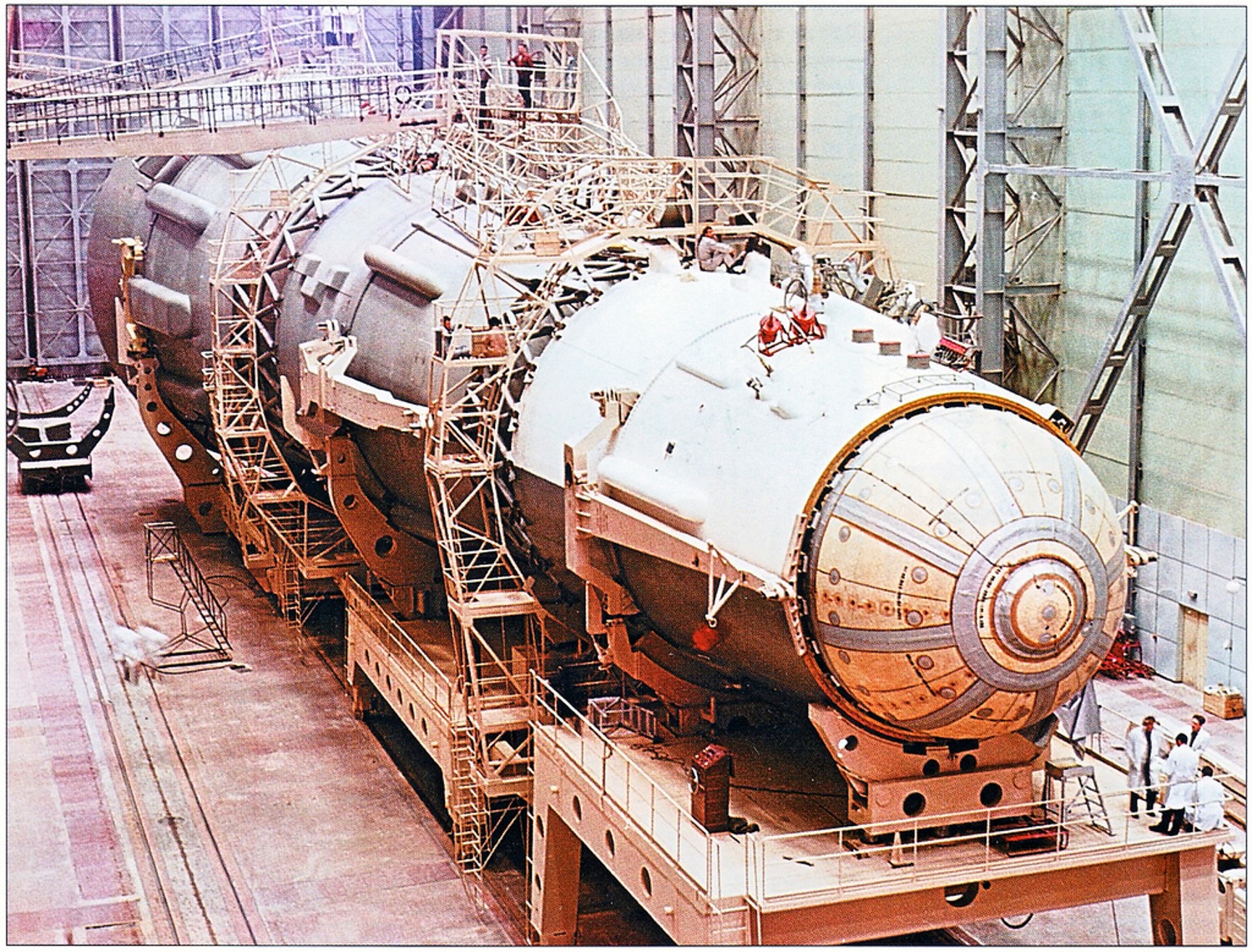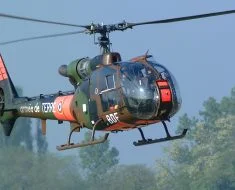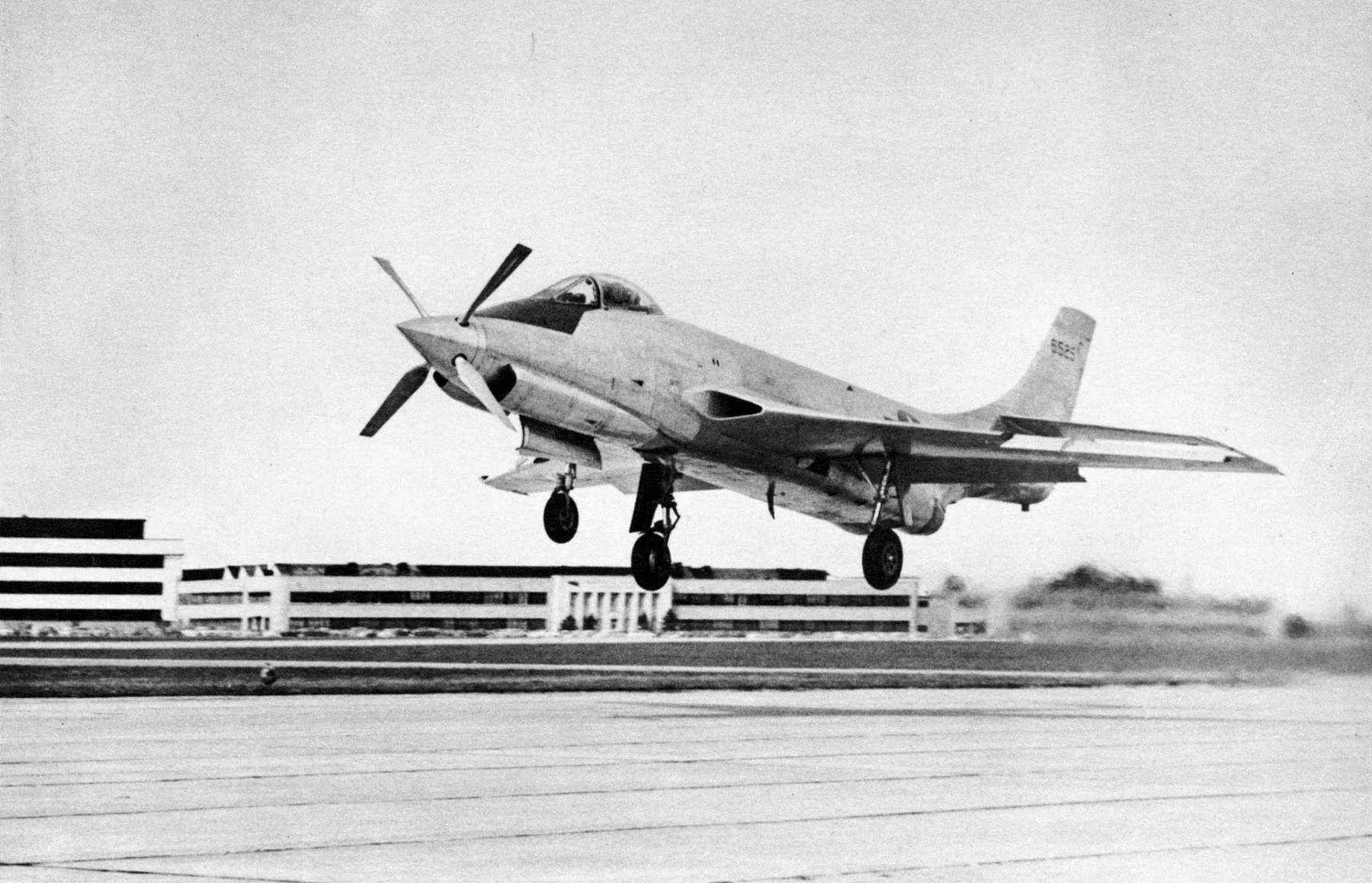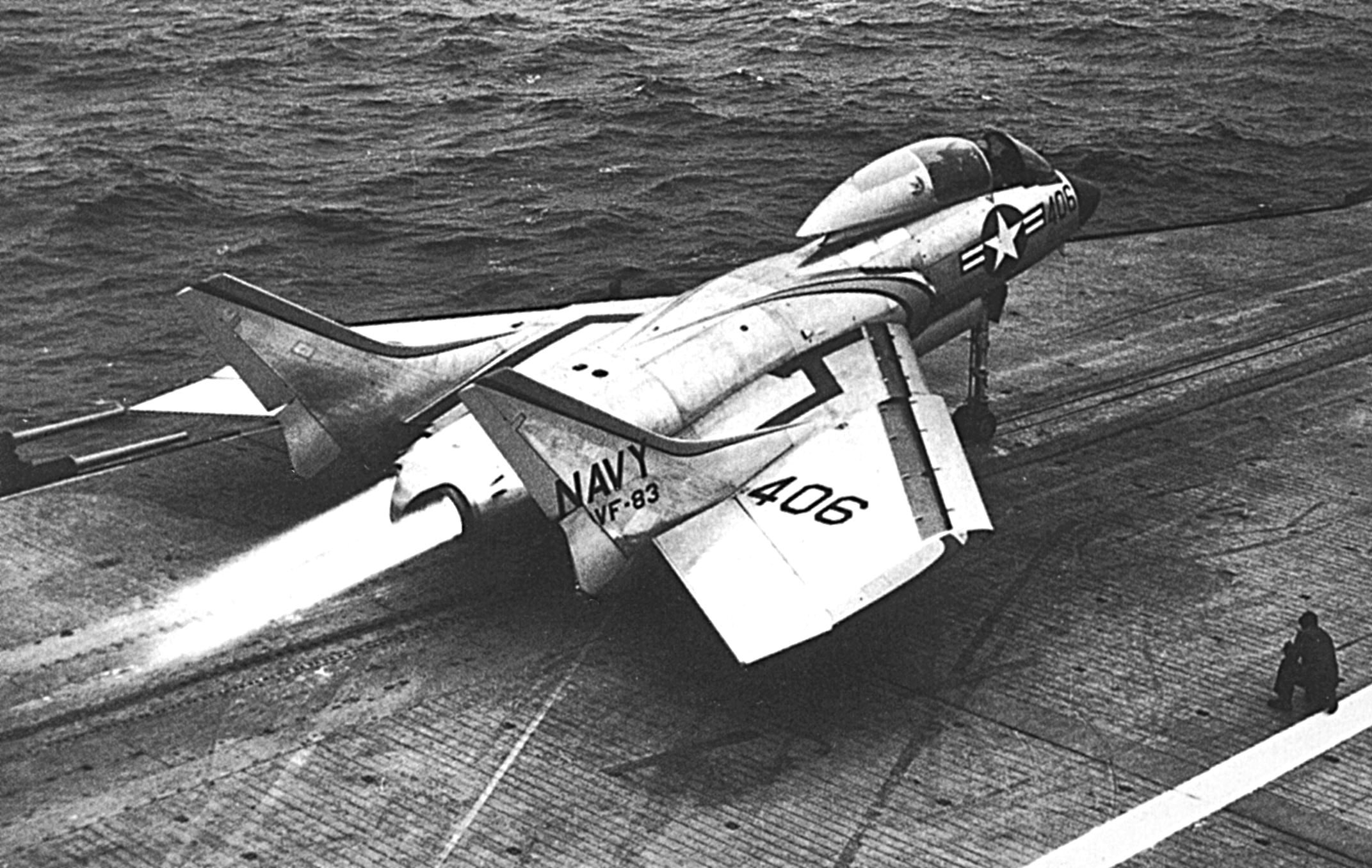The Avro Vulcan is one of the three “V bombers” commissioned by the United Kingdom during the Cold War era. The other two V-bombers were the Handley Page Victor and the Vickers Valiant.
These were strategic bombers, developed to carry nuclear weapons as part of the UK’s airborne high-alert deterrence strategy against the threat from the Soviet Union.
Arguably the most famous, the Vulcan, with its sleek and futuristic design still looks modern even by today’s standards. On top of this, it carried out the incredible Operation Black Buck.

Contents
Development
Development of the Avro Vulcan began in the late 1940s as a response to the British Air Ministry’s Specification B.35/46. The requirements were for a high-speed, high-altitude bomber capable of carrying a heavy payload over long distances.
Read More: AC-47 Spooky – From Transport to Terror
Specifically, the specification called for a bomber capable of carrying a 10,000 lb (4,500 kg) bombload to a target 1,720 miles (2,770 km) away and at a height of 50,000 feet (15,200 m).
One of the most significant aspects was the requirement for the aircraft to have jet propulsion.
This was at a time when jet technology was still relatively new, and designing a large bomber aircraft around jet engines presented significant challenges.
Three designs were ultimately chosen to meet this specification – the Avro Vulcan, the Vickers Valiant, and the Handley Page Victor.

These aircraft collectively became known as the “V bombers,” which served as the backbone of the United Kingdom’s airborne nuclear deterrent during the early part of the Cold War.
They were all designed to be capable of carrying the Blue Danube, Britain’s first nuclear weapon.
Each of these bombers had unique features, but it was perhaps the Avro Vulcan, with its delta wing design, that was the most visually distinctive and is still widely recognized today.
The Valiant was the first to enter service in 1955, followed by the Vulcan in 1956, and the Victor in 1958.
The Avro Company, under the leadership of Chief Designer Roy Chadwick, submitted their initial designs featuring a radical flying wing configuration.
Tragically, Chadwick died in an air crash in 1947, but the design and development team carried on his work. The Avro Vulcan’s most distinctive feature is its delta wing, a design feature that was becoming prominent in the aviation industry at that time.
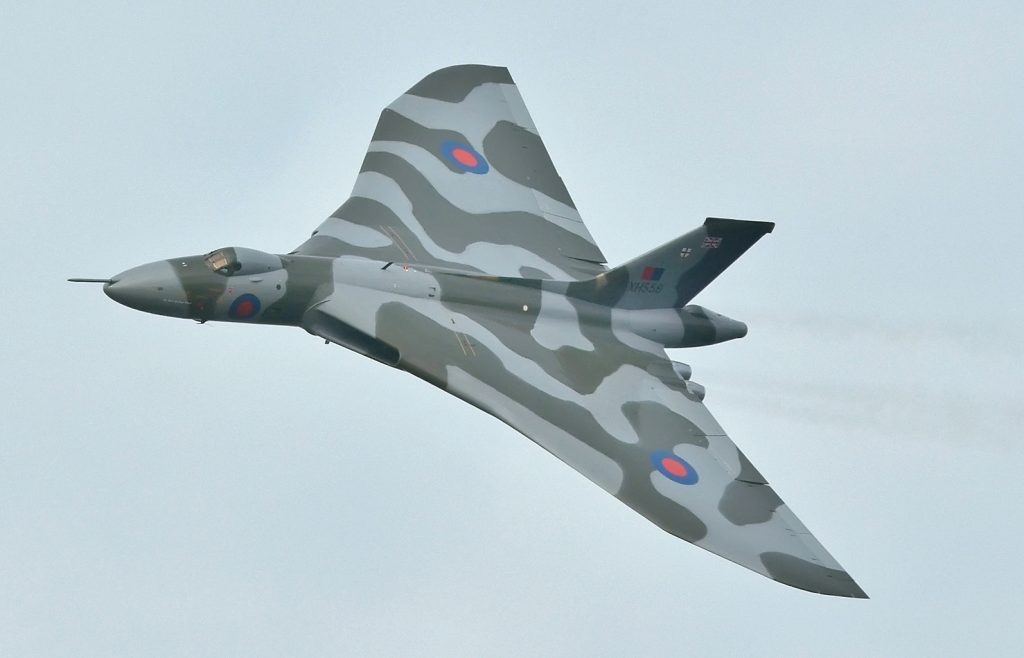
The wing design offered a large internal fuel capacity and the ability to carry a substantial payload at high altitudes and speeds.
The first prototype made its maiden flight on August 30, 1952, piloted by Roly Falk. After extensive testing and several modifications to improve handling and performance, the Vulcan entered service with the Royal Air Force in 1956 as the Vulcan B.1.
Despite being designed as a high-altitude strategic bomber, the introduction of surface-to-air missiles during the late 1950s led to a change in strategy, and the Vulcan was adapted for low-level operations.
The Vulcan B.2, introduced in 1960, was modified for this new role, with a larger, thinner wing and more powerful engines, among other upgrades.
Avro 707
Due to Avro’s lack of experience with delta wing aircraft, they needed to experiment with the concept first, resulting in the 707.
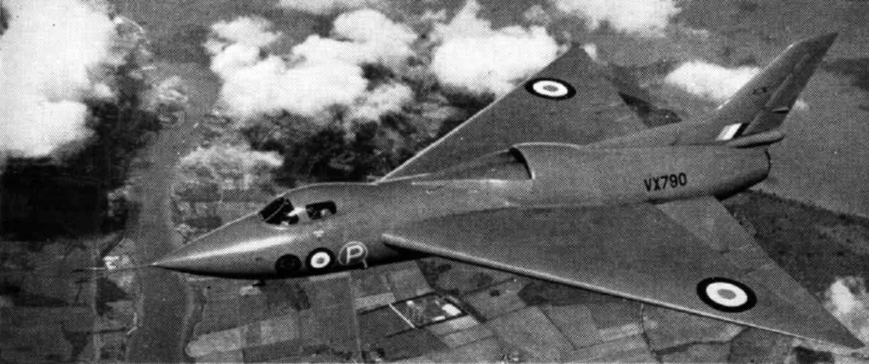
The 707 program was launched in the late 1940s with the goal of gathering flight data and exploring the aerodynamics of the delta wing configuration.
Read More: C-27J Spartan – The Miniature Hercules
The first aircraft built, designated 707A, was unfortunately lost in a fatal crash during a test flight in September 1949. Despite the tragic accident, the development of the Avro 707 continued with lessons learned from the crash, leading to several changes in future designs.
Subsequent models, including the 707B and the 707C, featured alterations to wing shape, the addition of a tailplane for improved stability, and changes in the arrangement of the cockpit and nose landing gear.
These aircraft provided invaluable data and experience that would shape the development of the Avro Vulcan.
Although the Avro 707 did not go into production beyond the prototypes and was not developed into a frontline aircraft, it played a crucial role in the development of the Avro Vulcan and contributed significantly to the understanding of delta wing aerodynamics.

Variants
Vulcan B.1
The first production variant of the Avro Vulcan was the B.1, which entered service with the RAF in 1956. Designed to meet the British Air Ministry’s Specification B.35/46, the B.1 was powered by four Bristol Olympus 101 or 102 turbojet engines and had a distinctive wing shape with a leading-edge sweep of 52 degrees.
Its capacity to carry a 21,000-pound nuclear payload and reach speeds up to Mach 0.86 at high altitudes distinguished it as a potent strategic bomber.
And the later B.1A was not a new build aircraft but rather a modified version of the B.1. It was fitted with the Electronic Countermeasures (ECM) system that was being developed for the upcoming B.2 variant.
This ECM system was housed in a bulge on the upper rear fuselage, which led to a noticeable hump and earned it the nickname “camelback” or “hunchback” among Vulcan crews.

Vulcan B.2
The Vulcan B.2, first flown in 1957 and operational from 1960, represented a significant improvement over the B.1 variant. It was fitted with more powerful Bristol Olympus 201 or 301 engines and featured a larger, thinner wing with a leading-edge sweep of 45 degrees.
This allowed the B.2 to fly both faster and higher than its predecessor, with a maximum speed of Mach 0.96 and a ceiling of 64,000 feet. The B.2 also included improvements in the form of an upgraded ECM system, an in-flight refuelling system, and a modernised electrical system.
Some Vulcan B.2s were converted into a Maritime Radar Reconnaissance (MRR) role after retiring from their bombing duties. These aircraft, designated B.2 (MRR), were equipped with radar for surface search and surveillance operations over water.
They also carried a Side Looking Airborne Radar (SLAR) and a Linescan aerial survey system.
Vulcan K.2
The other notable variant was the K.2, another conversion, this time adapting the bomber for aerial refuelling duties as a stop-gap measure until the Handley Page Victor K.2 tankers were available. The Vulcan K.2 carried a Hose Drum Unit (HDU) in the bomb bay and extra fuel tanks in the rear of the aircraft.
Being part of Britain’s nuclear deterrent, many V-bombers were painted in a special Anti-flash white paint. When applied to aircraft it helps to reflect the thermal radiation of nuclear explosions.

It was intended to protect the aircraft in case of a nuclear detonation. When a nuclear weapon detonates, it releases an immense amount of heat and light energy in a very short time.
Read More: The Record-Setting Flight of a Cessna 172
This is the “flash” of a nuclear explosion. It’s so intense that it can cause severe burns to people and ignite fires at considerable distances from the blast.
For aircraft, this flash of thermal radiation can potentially damage the aircraft’s structure, particularly if it’s flying relatively close to the explosion, as a bomber delivering a nuclear weapon might be.
The anti-flash white paint is designed to reflect much of this thermal radiation, reducing the heat absorbed by the aircraft’s structure and helping to prevent damage.
By the late 1960s, however, changes in both technology and strategy had made high-altitude bombing runs less viable, and these bombers were switched to a low-level penetration role.
This necessitated a change in colour scheme to dark green and grey camouflage, more suited to flying low over the terrain.
While the effectiveness of anti-flash white paint in a real nuclear warfare scenario remains unproven, it serves as a potent symbol of the Cold War era when strategies for nuclear warfare were an important part of military planning.
Black Buck
Operation Black Buck was a series of seven ambitious long-range bombing missions conducted by the British Royal Air Force during the Falklands War in 1982. The goal of these missions was to attack Argentine forces occupying the Falkland Islands, particularly by targeting the airfield at Port Stanley.
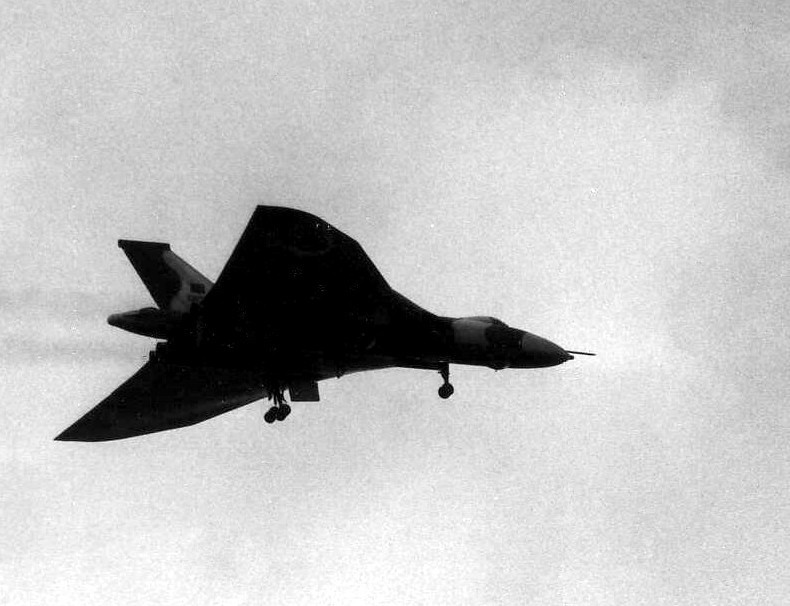
These missions were notable for the incredibly long distance that the bombers had to fly from Ascension Island in the South Atlantic to the Falklands and back again – over 3,800 miles (6,100 km) each way. This represented the longest-range bombing mission ever attempted at that time.
Avro Vulcan bombers were used for the attack, supported by a large fleet of Handley Page Victor air-to-air refuelling tankers. The missions required multiple aerial refuellings just to reach the target, let alone to return.
Black Buck 1, the first mission on 1 May 1982, succeeded in bombing the runway at Port Stanley, making it unusable for fast jets. Black Buck 2 was intended to further damage the runway, but the bombs missed their target.
Subsequent Black Buck missions focused on radar installations and Argentine defences. These missions involved the Vulcans carrying Shrike anti-radiation missiles intended to target and destroy Argentine radar systems.
Though they caused some material damage, the Black Buck missions’ major impact was psychological, diverting Argentine resources and forcing the Argentinians to be wary of a potential bombing threat.
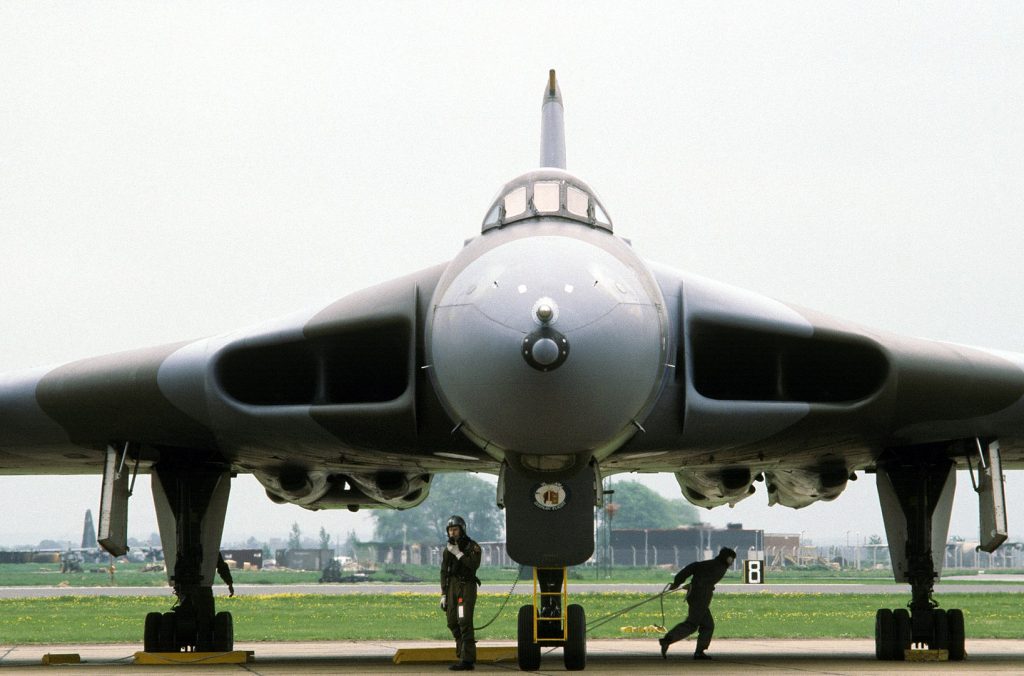
The Black Buck operations demonstrated the capabilities of the Avro Vulcan even towards the end of its operational life, the expertise of the RAF, and the extreme measures that were taken during the Falklands conflict.
Conclusion
Despite retiring from active service in 1984, the Avro Vulcan remained a beloved symbol of British aviation. One Vulcan bomber, the XH558, was restored to flight condition and performed in air shows as the Vulcan to the Sky Trust until 2015.
Read More: BV 155 – The Enigmatic Aircraft That Pushed Boundaries
The Avro Vulcan’s career is a testament to the prowess and innovation of British aeronautical engineering, serving as a vital component of the UK’s Cold War strategy and marking a significant chapter in aviation history.
If you like this article, then please follow us on Facebook and Instagram.
Specifications
- Crew: 5 (pilot, co-pilot, AEO, navigator radar, navigator plotter)
- Length: 97 ft 1 in (29.59 m)
- Wingspan: 99 ft 5 in (30.30 m)
- Height: 26 ft 6 in (8.08 m)
- Empty weight: 83,573 lb (37,908 kg) equipped and crewed
- Max takeoff weight: 170,000 lb (77,111 kg)
- Powerplant: 4 × Bristol Olympus Mk.101 / Mk.102 / Mk.104 twin-spool turbojet engines, 11,000 lbf (49 kN) thrust each
- Maximum speed: 561 kn (646 mph, 1,039 km/h) at altitude
- Range: 2,265 nmi (2,607 mi, 4,195 km)
- Service ceiling: 55,000 ft (17,000 m)



